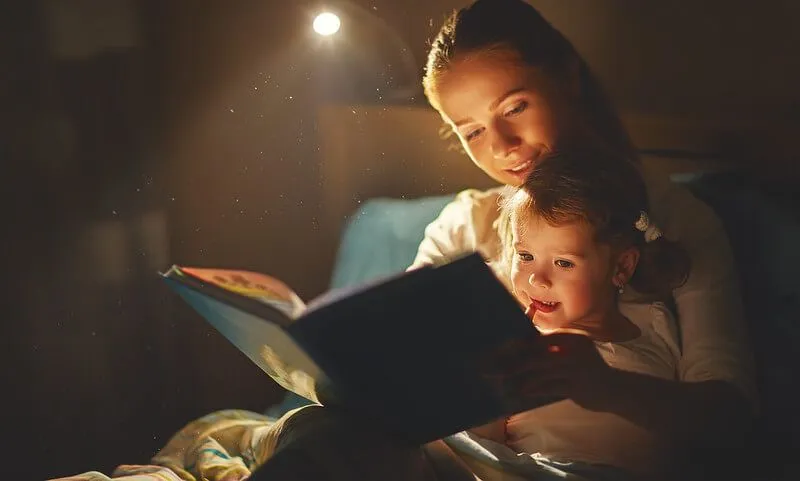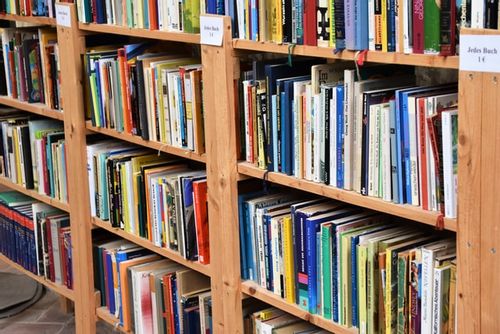FOR AGES 5 YEARS TO 11 YEARS
Once upon a time... We had to think back to our own school days to help the kids with their homework! Well, not anymore.
Traditional tales are currently part of the UK Key Stage 1 and Key Stage 2 school curriculum, so you may find yourself helping out with a spot of homework on this topic. We have done the research for you, although there is a good chance you already know some traditional tales pretty well.
As lockdown eases, you might still find yourself homeschooling for a while longer, so hopefully, this should help. If you have kids from other year groups at home too, they may like to join in on this topic, especially as you can watch the movie versions of some of these as 'homework'!

A traditional tale is a story that has been passed down from generation to generation in the style of a folk tale, or 'fairytale', as we commonly call them. The stories vary from culture to culture, but the thing all these stories have in common is that everyone seems to know them! We may not even really know how we came to remember the tale so well and yet we do! In the UK especially, it would be hard to find someone who didn't know the story of the Three Little Pigs, or what happened to Jack when he ventured up the beanstalk.
Although a lot can be learned from a traditional tale, they are different to fables which are similar, but fables are told to pass on and teach a moral lesson, whereas traditional tales are told for entertainment, often as bedtime stories. This type of story is usually written in a simplified, easy to understand sort of way, which makes them perfect as a base for learning creative writing skills such as how to structure a sentence, and how to identify the beginning, middle and end of the story as narrative components.
These well known fairy stories and traditional tales have been told so often, and in many different ways, most are Disney films! See if you recognise all the stories on our list:
Snow White and the Seven Dwarfs
Cinderella
Goldilocks and the Three Bears
Jack and the Beanstalk
Little Red Riding Hood
Hansel and Gretel
The Elves and the Shoemaker
The Emperor's New Clothes
Three Billy Goats Gruff
Rumpelstiltskin
The Ugly Duckling
The Princess and the Pea
Puss in Boots
The Little Mermaid
The Frog Prince
Thumbelina
The Golden Goose
Sleeping Beauty
Rapunzel

Read The Disclaimer
At Kidadl we pride ourselves on offering families original ideas to make the most of time spent together at home or out and about, wherever you are in the world. We strive to recommend the very best things that are suggested by our community and are things we would do ourselves - our aim is to be the trusted friend to parents.
We try our very best, but cannot guarantee perfection. We will always aim to give you accurate information at the date of publication - however, information does change, so it’s important you do your own research, double-check and make the decision that is right for your family.
Kidadl provides inspiration to entertain and educate your children. We recognise that not all activities and ideas are appropriate and suitable for all children and families or in all circumstances. Our recommended activities are based on age but these are a guide. We recommend that these ideas are used as inspiration, that ideas are undertaken with appropriate adult supervision, and that each adult uses their own discretion and knowledge of their children to consider the safety and suitability.
Kidadl cannot accept liability for the execution of these ideas, and parental supervision is advised at all times, as safety is paramount. Anyone using the information provided by Kidadl does so at their own risk and we can not accept liability if things go wrong.
Kidadl is independent and to make our service free to you the reader we are supported by advertising.
We hope you love our recommendations for products and services! What we suggest is selected independently by the Kidadl team. If you purchase using the buy now button we may earn a small commission. This does not influence our choices. Please note: prices are correct and items are available at the time the article was published.
Kidadl has a number of affiliate partners that we work with including Amazon. Please note that Kidadl is a participant in the Amazon Services LLC Associates Program, an affiliate advertising program designed to provide a means for sites to earn advertising fees by advertising and linking to amazon.
We also link to other websites, but are not responsible for their content.
Was this article helpful?



Browse Category



We’ll send you tons of inspiration to help you find a hidden gem in your local area or plan a big day out.



Check your inbox for your latest news from us. You have subscribed to:
Remember that you can always manage your preferences or unsubscribe through the link at the foot of each newsletter.